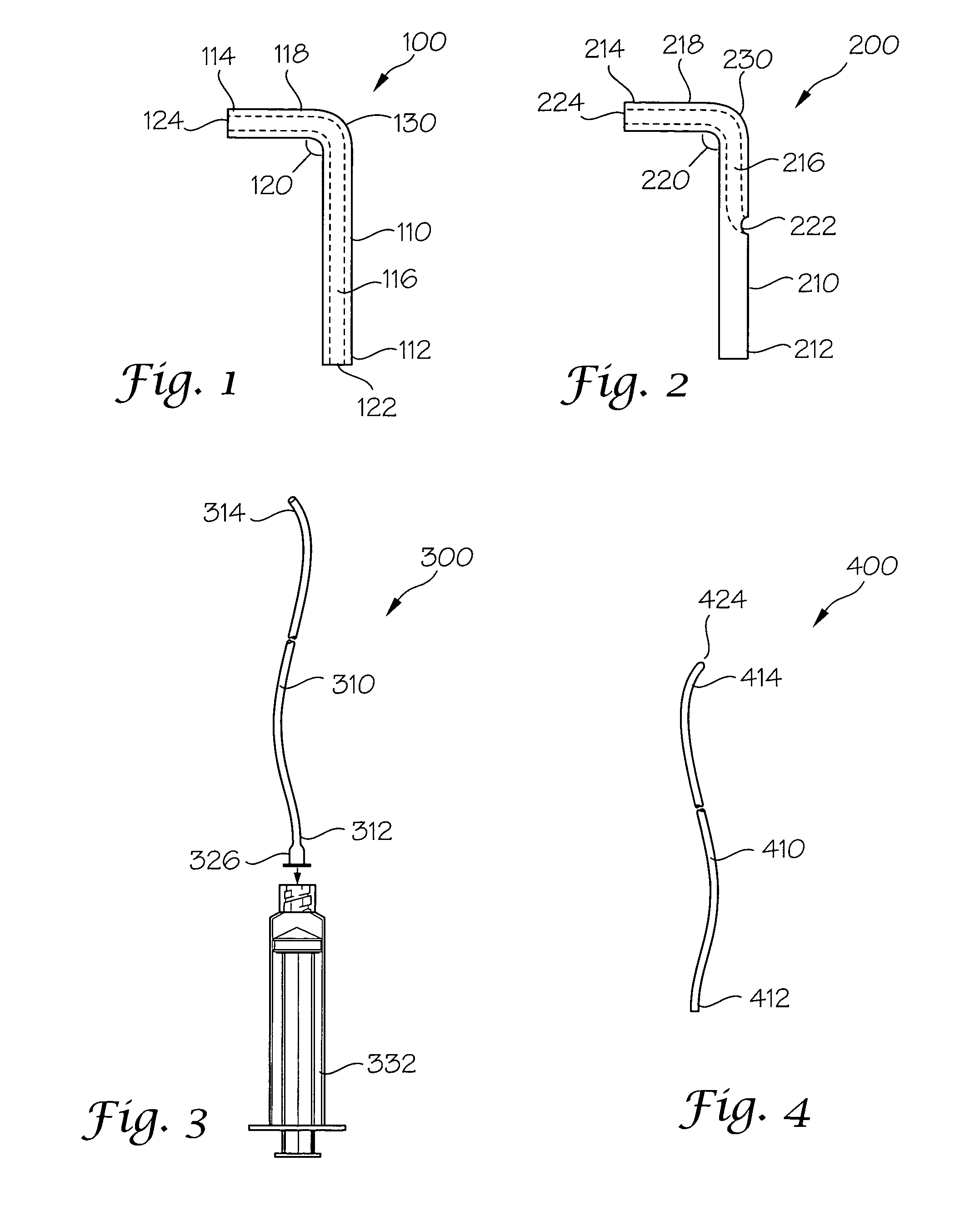Methods and apparatus for intraoperative administration of analgesia
an analgesic and intraoperative technology, applied in the field of intraoperative administration of analgesics, can solve the problems of increasing local muscle spasms and even more pain, postoperative period has proven inability to prevent incisional area pain and/or leg pain from triggering the pain spasm cycle in the majority of patients, and superficial analgesics usually only provide incomplete pain managemen
- Summary
- Abstract
- Description
- Claims
- Application Information
AI Technical Summary
Problems solved by technology
Method used
Image
Examples
example 1
Intraoperative Administration of Analgesia
[0040] 1) A Kerrison punch is used to expose the midline fat pad if necessary from the surgical bone exposure of the epidural space used in the decompression surgery. The placement can be done from either the left or right side in a unilateral surgical procedure or direct midline in a bilateral surgical approach. An angled ball tip probe or Woodson probe is used to start the initial path of the catheter and guide.
[0041] 2) The right angle guide conduit is inserted with the distal end of the conduit pointing cephalad in the dorsal midline.
[0042] 3) Initial metal stylet wire with ball tip is inserted to “clear a path” for the injection catheter. This can be advanced a few millimeters to a few centimeters.
[0043] 4) Insertion of the catheter with guide wire through the conduit with the distal tip threaded 3 to 5 inches above the surgical site (to the anatomic bony level of L1 to T10). Note that the surgical site may be at any appropriate loc...
PUM
 Login to View More
Login to View More Abstract
Description
Claims
Application Information
 Login to View More
Login to View More - R&D Engineer
- R&D Manager
- IP Professional
- Industry Leading Data Capabilities
- Powerful AI technology
- Patent DNA Extraction
Browse by: Latest US Patents, China's latest patents, Technical Efficacy Thesaurus, Application Domain, Technology Topic, Popular Technical Reports.
© 2024 PatSnap. All rights reserved.Legal|Privacy policy|Modern Slavery Act Transparency Statement|Sitemap|About US| Contact US: help@patsnap.com










